Do Dogs Dream of Giant Treats? Exploring the Dreamworld of Your Big Ass Dog
Have you ever watched your giant breed dog snooze peacefully, only to see their paws twitch and their lips quiver as if they're chasing something in their sleep? It's a scene that makes us wonder: do our furry companions dream of chasing colossal treats or embarking on grand adventures? As dog owners, especially those with larger-than-life canine companions, we often find ourselves captivated by the quirks and mysteries of their slumber. In this light-hearted exploration, we’ll delve into the whimsical world of canine dreams, armed with a blend of scientific insights and endearing anecdotes from fellow giant breed enthusiasts. So, grab a cozy spot next to your sleeping gentle giant, and let's embark on this dreamy journey together, where curiosity and laughter are our guides.
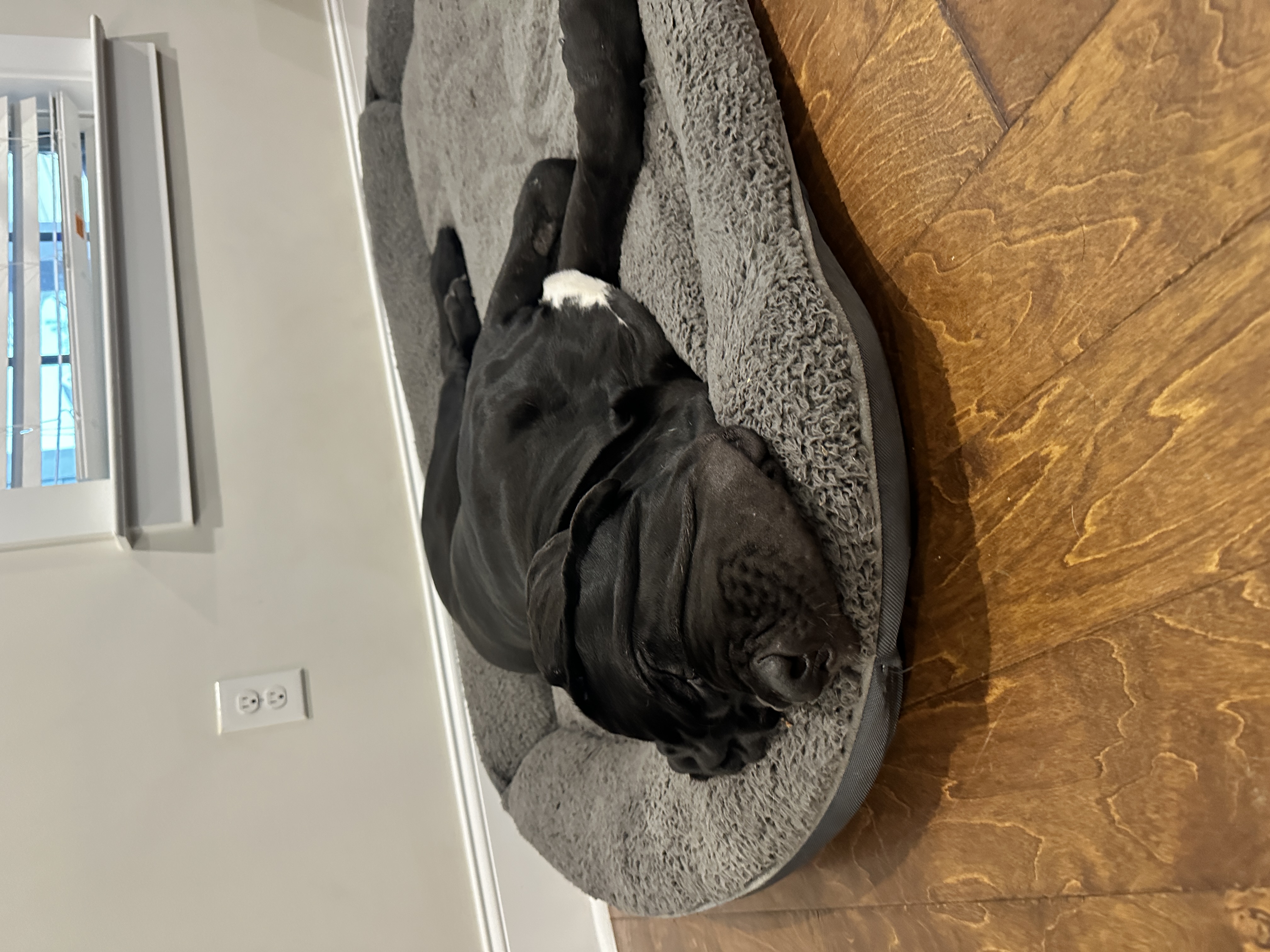
Do Dogs Really Dream?
Dogs, much like humans, experience dreams during their sleep. This curiosity often leaves us pondering what exactly fills their dreamscape. Understanding whether dogs dream requires a closer look at their sleep cycles and scientific evidence.
Understanding Dog Sleep Cycles
Dogs have sleep cycles similar to humans, alternating between REM (Rapid Eye Movement) and non-REM sleep. REM sleep is the stage where dreaming occurs. In this stage, your dog might twitch or move its paws, indicating dream activity. It's believed that during REM, dogs process daily experiences, much like we do.
Non-REM sleep, on the other hand, is a restorative phase where the body repairs itself. Dogs spend about 12-14 hours a day sleeping, with 10-12% of that in REM. Large breeds, in particular, might spend more time in deep slumber, suggesting richer dream experiences.
What Science Tells Us
Scientific studies suggest dogs dream about their daily activities. Neuroscientists have found that the brain wave patterns of dreaming dogs are similar to those of dreaming humans. This indicates that dogs likely visualize familiar scenes, people, and fellow furry friends.
A study by MIT in 2001 revealed that animals, including dogs, experience dreams akin to human dreams. During sleep, the hippocampus—responsible for memory—is active, supporting the idea that dogs might replay experiences in their dreams.
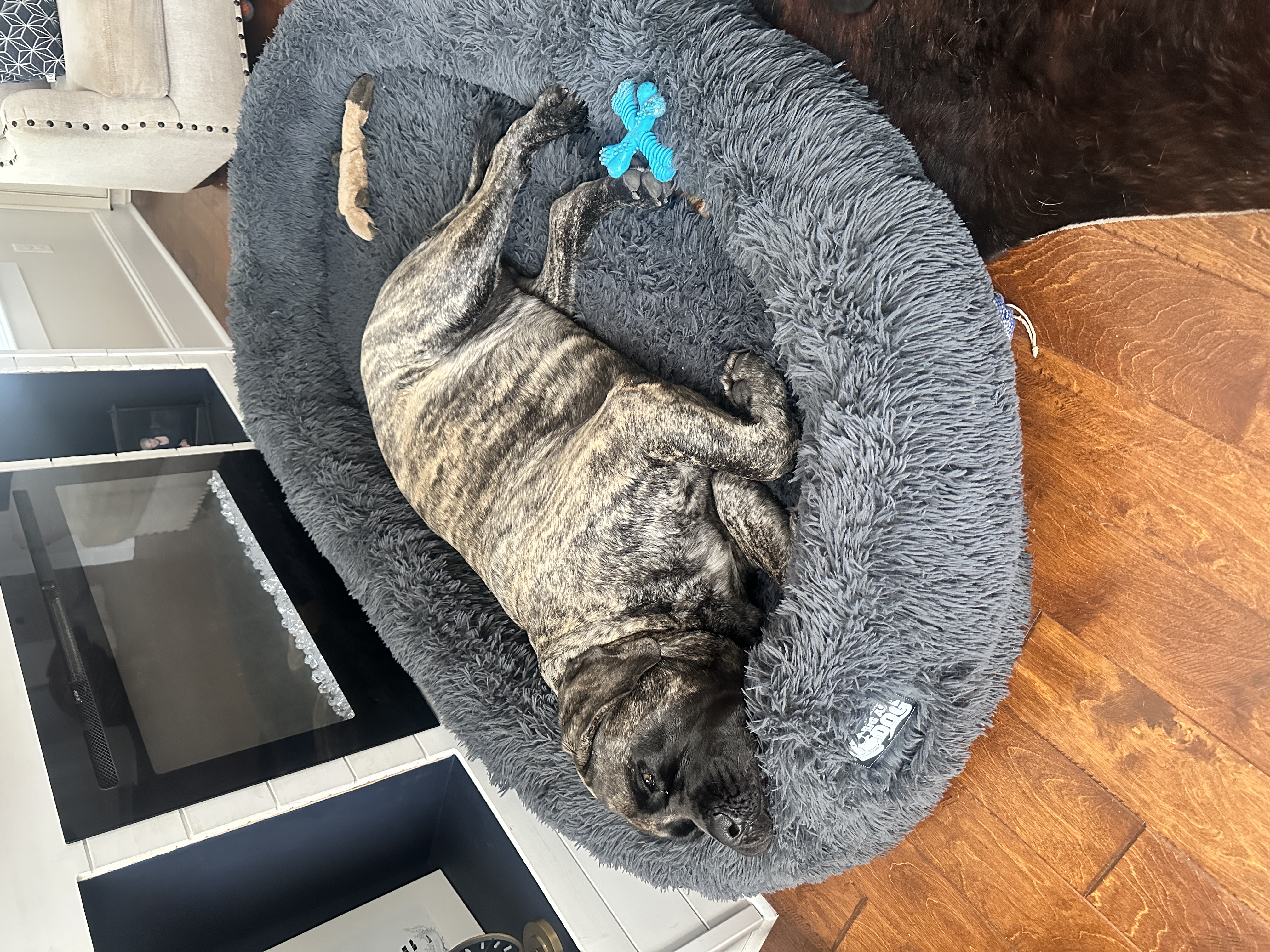
Inside a Dog's Dreamworld
The dreamworld of dogs is as varied as their personalities. Let's explore common dream scenarios and how giant breeds might experience dreaming.
Common Dream Themes
Dogs often dream about activities that mimic their daily life. Common themes include running, playing, and interacting with other animals. This suggests that dogs are consolidating memories and processing emotions during sleep.
The dogs' senses in dreams are likely heightened, allowing them to experience vivid smells and sounds. For instance, a dog that enjoys outdoor adventures might dream about chasing squirrels or exploring a park, complete with the scents of nature.
Giant Dogs, Giant Treats?
Giant breeds may dream on a grander scale, reflecting their larger-than-life presence. Their dreams might involve oversized bones, vast fields to roam, or larger groups of playmates. The dream content could relate to their unique experiences and interactions.
Owners of giant breeds report observing their pets' paws moving swiftly, possibly indicating a dream of pursuing something large and exciting. It's a humorous thought that these gentle giants might dream of colossal treats fitting their size and appetite.
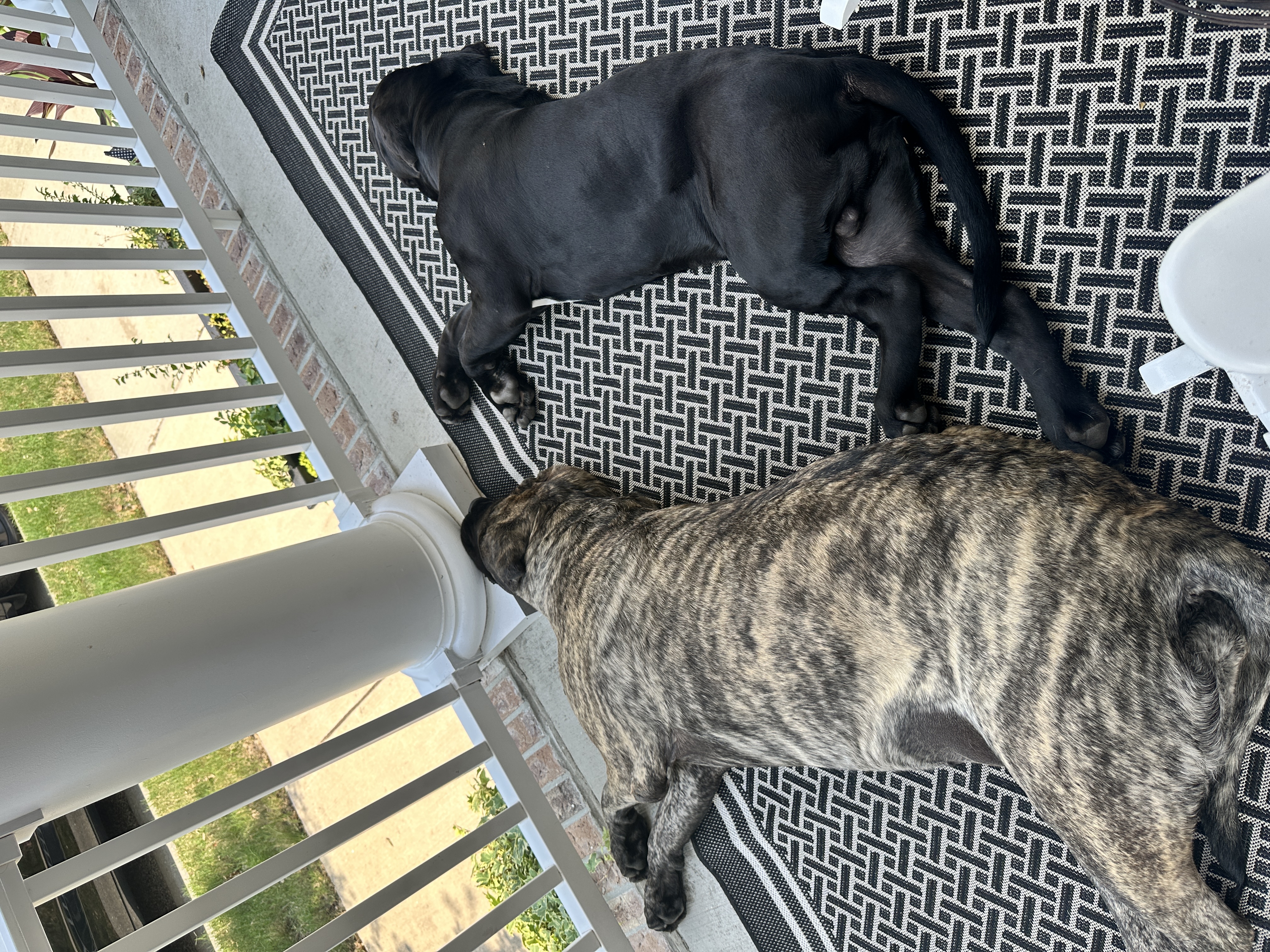
What Your Dog’s Dreams Mean
Interpreting a dog's dreams can help strengthen the bond between pet and owner. Let's explore what their dreams might signify and how you can enhance these experiences.
Interpreting Your Dog's Signals
While we can't ask dogs directly about their dreams, observing their behaviors provides clues. For example, a dog wagging its tail while asleep might be dreaming of a joyous event. Conversely, whimpering could indicate a less pleasant dream.
Recognizing these signals helps in understanding your pet's emotional state. If your dog frequently has restless sleep, it might be beneficial to assess their daytime experiences and environment for stressors.
-
Wagging tail: Happy or exciting dream
-
Twitching paws: Active pursuit
-
Whimpering: Possible discomfort or stress
Enhancing Dream Experiences
To foster positive dreaming, ensure your dog has a comfortable and secure sleeping environment. Here are some tips:
-
Provide a cozy bed: Supportive bedding aids restful sleep.
-
Maintain a routine: A consistent schedule promotes better sleep cycles.
-
Engage in daily activities: Exercise and playtime can contribute to more fulfilling dreams.
-
Create a calming environment: Reduce noise and disruptions during sleep time.
By enhancing your dog's sleep quality, you contribute to happier, healthier dreams. Remember, a well-rested dog is a content companion.
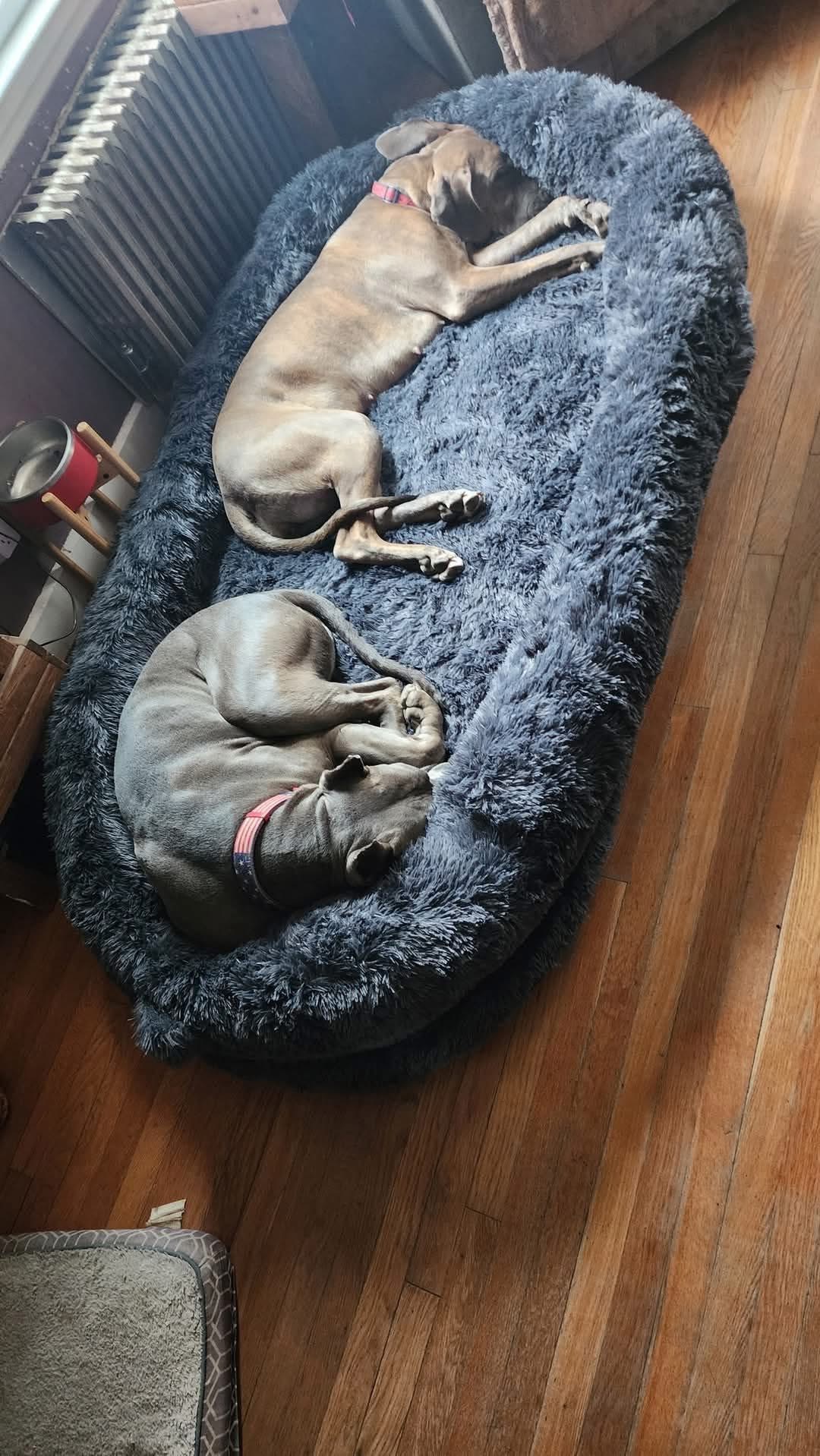
MOST POPULAR POST

Bacon Biscuits
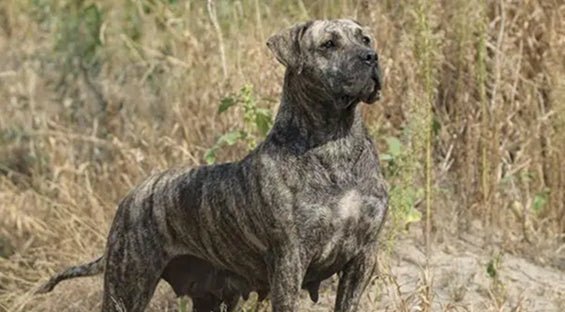
Breed Highlight: Presa Canario

April Newsletter Exercise

Refreshing and Nutritious Frozen Dog Treats




